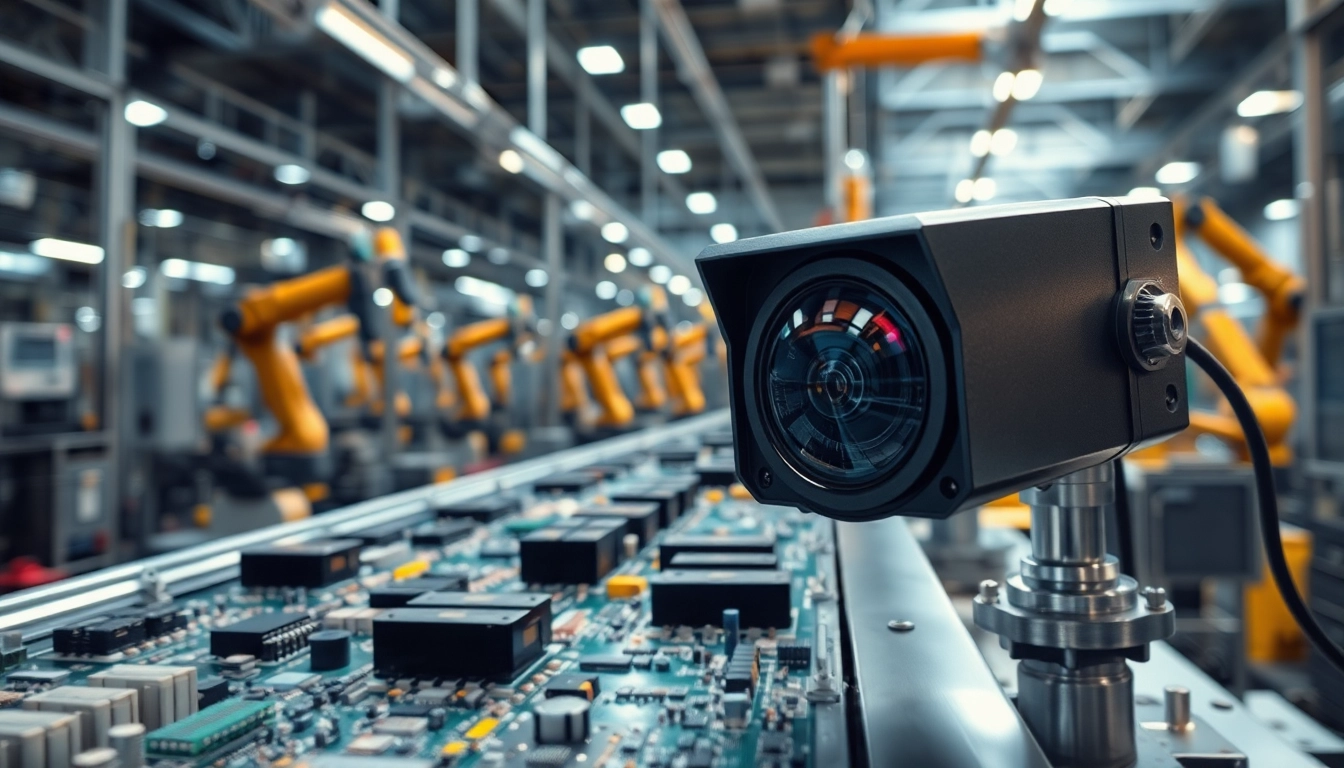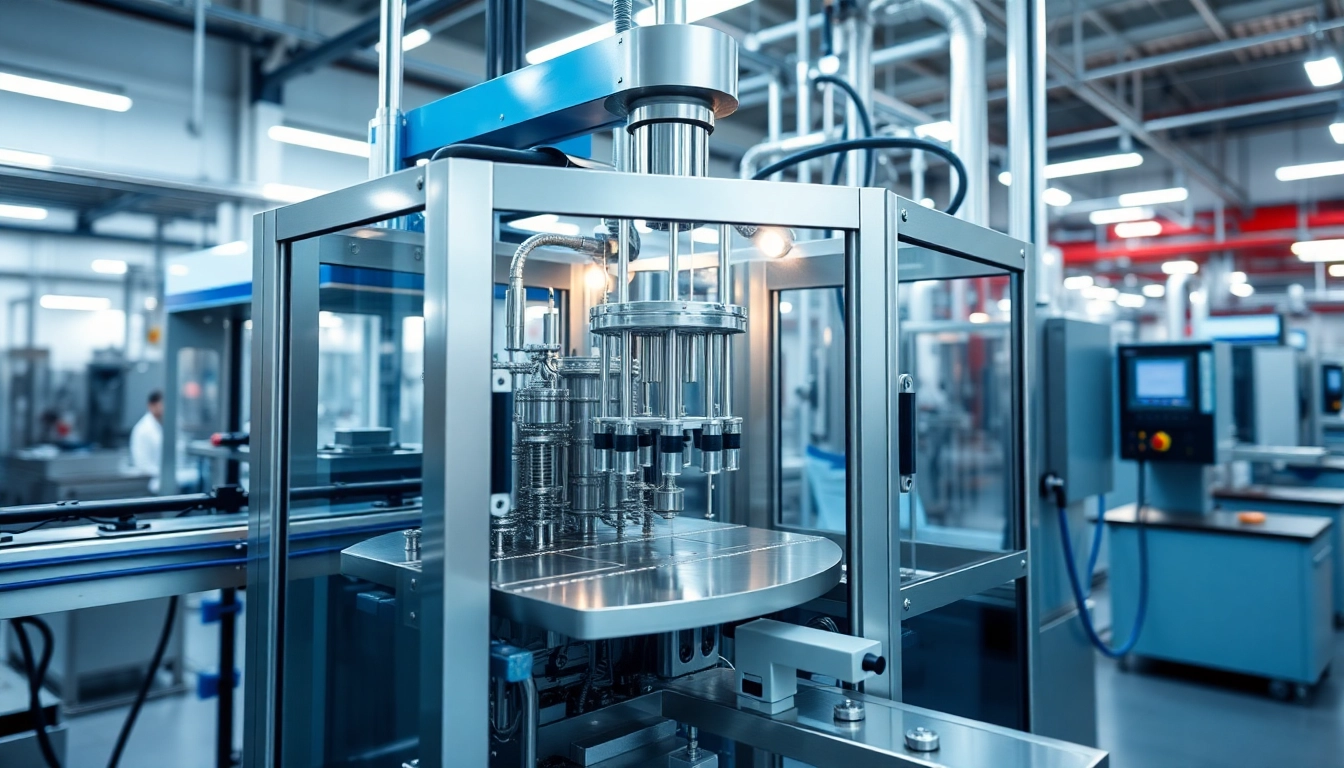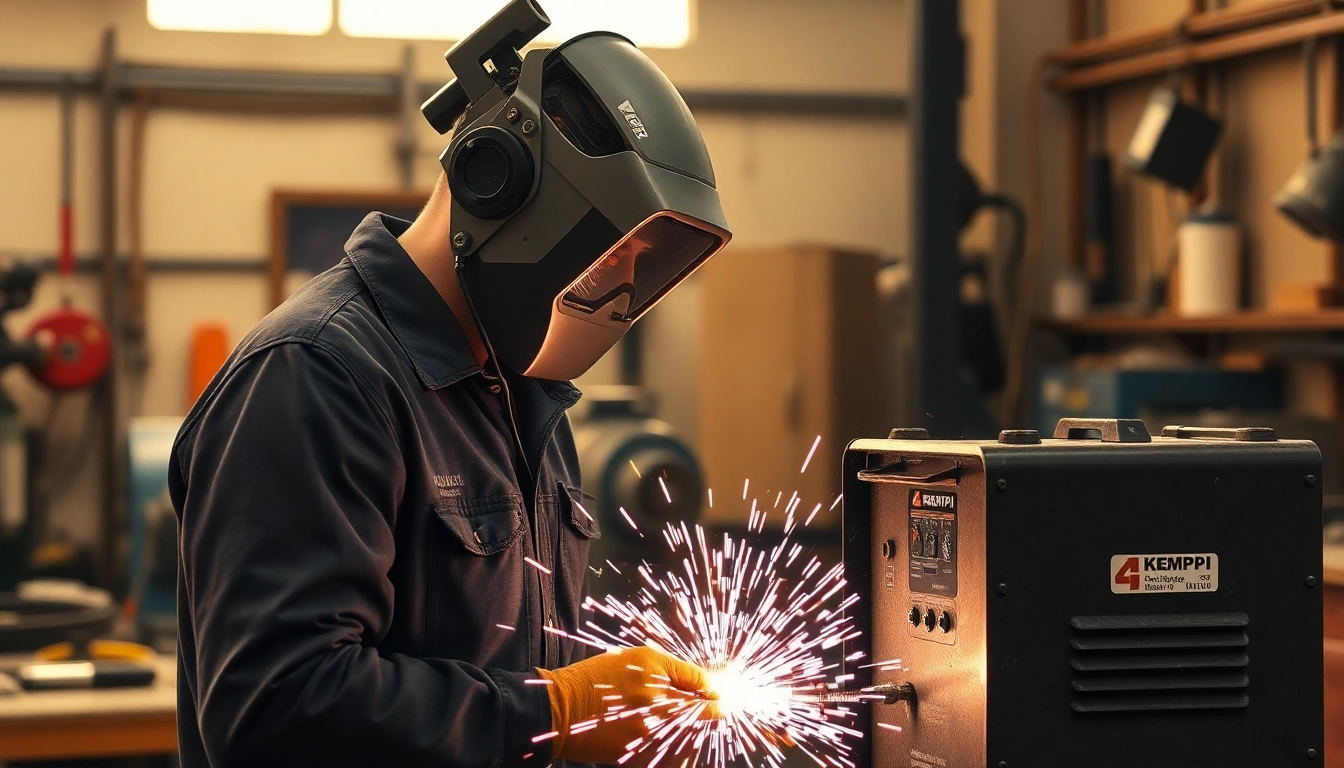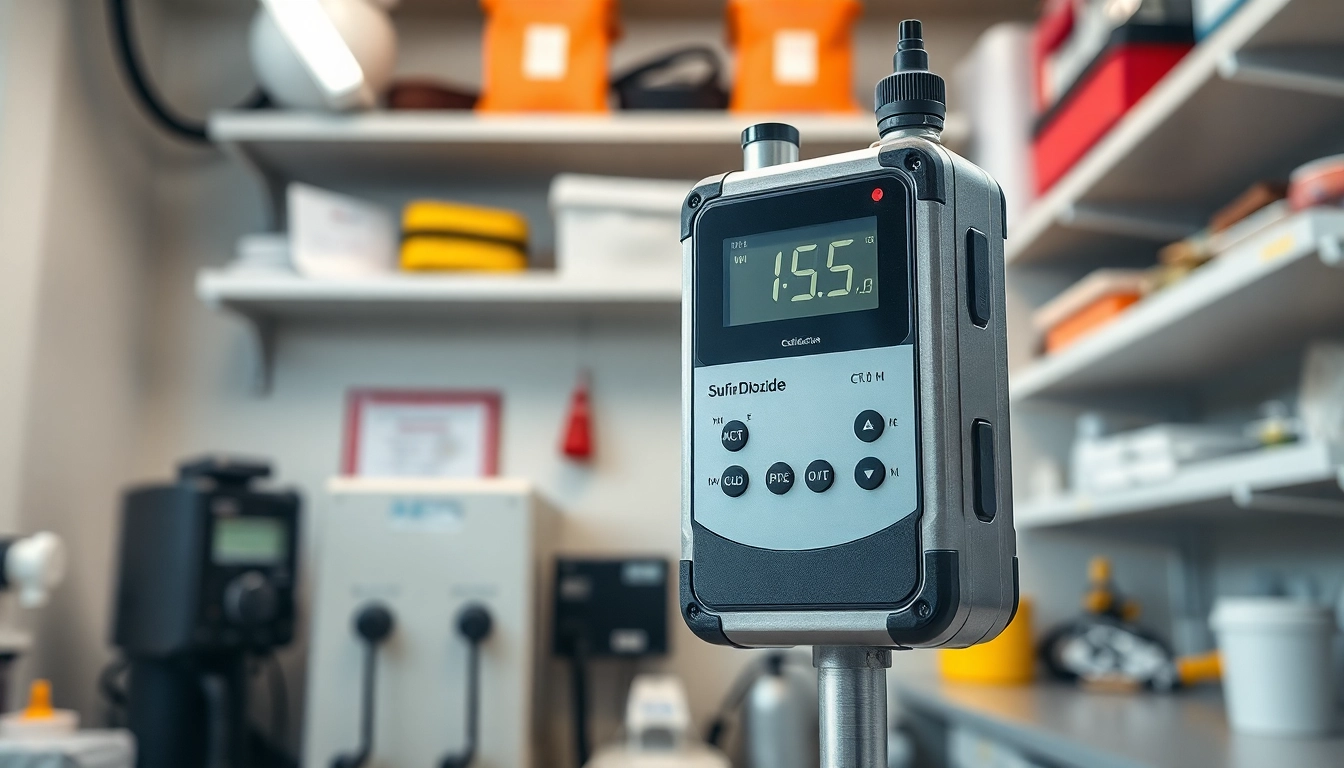Understanding Machine Vision Technology
Machine vision is a transformative technology that empowers machines to interpret and understand visual information, mimicking the capabilities of human sight. This technology leverages advanced optical and digital methods to perform tasks such as inspecting products, reading barcodes, and guiding robotic operations. Not only does it enhance productivity, but it also plays a pivotal role in automating processes across various industries. For those interested in a deeper exploration of how machine vision integrates into modern manufacturing and automation, understanding its fundamental principles is essential.
Definition and Core Components
At its core, machine vision combines imaging and processing techniques to create a system that can make decisions based on visual data. This technology typically involves three critical components:
- Cameras: The eye of the machine vision system, equipped with various lenses that suit specific requirements (e.g., resolution, frame rate).
- Lighting: Proper illumination techniques are pivotal in capturing high-quality images. Different lighting configurations can be utilized, such as bright field, dark field, and backlighting, depending on the application.
- Software: This is the brain of the operation. Advanced algorithms are employed for tasks such as image preprocessing, pattern recognition, and decision-making based on visual data.
How Machine Vision Works
The operation of machine vision begins with image acquisition. Cameras capture images from the environment, and the details are then processed through software that uses techniques such as:
- Image Filtering: Enhancing images by removing noise and improving contrast allows for better feature recognition.
- Feature Extraction: Identifying key elements within images, such as edges, shapes, size, and patterns.
- Decision Making: After the features are extracted, algorithms decide whether the observed features meet preset criteria, like quality checks or positioning.
Ultimately, the system can provide feedback to other machinery, triggering actions such as rejection of defective products or repositioning assets accordingly.
Key Applications Across Industries
The versatility of machine vision is evident across multiple sectors:
- Manufacturing: Quality control and defect detection during production processes.
- Logistics: Automated systems for reading barcodes and tracking inventory in real-time.
- Healthcare: Laboratory automation for analyzing samples and conducting diagnostics.
- Food and Beverage: Ensuring compliance with health regulations through product inspection.
- Aerospace: Precision checks of components for safety and compliance.
Benefits of Implementing Machine Vision
Enhancing Quality Control Processes
Integrating machine vision into quality control processes offers significant advantages. It allows for consistent and precise inspections that human eyes may overlook. Automated inspections enable real-time monitoring, ensuring that products meet specified standards without the potential variability of manual checks.
Improving Efficiency in Manufacturing
Automation provided by machine vision accelerates production cycles. By swiftly performing tasks such as sorting, counting, and verifying, these systems significantly reduce the time required for these operations. This capability leads to enhanced throughput and enables manufacturers to meet demands more effectively.
Cost Savings and Return on Investment
Though the initial investment in machine vision technology can be substantial, businesses often see a rapid return on investment (ROI) through increased efficiency, reduced waste, and improved product quality. By minimizing errors and downtime, companies can conserve resources and maximize productivity over time.
Challenges in Machine Vision Implementation
Common Technical Hurdles
Although machine vision technology is advancing rapidly, several technical challenges can arise. These include:
- Environmental Conditions: Variability in lighting or obstructions in the field of view can impact the quality of the images captured. Solutions often involve the implementation of sophisticated lighting setups and dynamic image correction algorithms.
- Algorithm Complexity: Depending on the application, the algorithms deployed must be robust enough to adapt to a wide range of conditions and variations, requiring continuous updates and optimizations.
Integration with Existing Systems
Integrating machine vision into existing workflows and production lines can be daunting. It often necessitates the modification of machinery or the creation of entirely new systems to accommodate the technology. Careful planning and consultation with system integrators can ensure seamless integration, maximizing productivity while minimizing disruption.
Training Staff for Effective Use
To achieve optimum results, employees must be adequately trained in machine vision systems. This includes understanding both the technical aspects of the equipment and the interpretation of the data generated. Ongoing education and training programs can alleviate this challenge, ensuring staff are equipped to handle new technology effectively.
Emerging Trends in Machine Vision
AI and Machine Learning Integration
The incorporation of artificial intelligence (AI) and machine learning into machine vision systems is a significant trend that enhances their capabilities. These technologies enable systems to learn from data, improving their performance over time. Applications include predictive maintenance and anomaly detection, where machines can foresee potential failures before they happen.
Advancements in Imaging Technology
Improvements in camera technology, such as higher resolutions and faster frame rates, contribute to the effectiveness of machine vision systems. The advent of 3D imaging and multispectral cameras allows for more nuanced analysis and inspection capabilities, broadening the potential applications.
Future Applications and Prospects
As machine vision technology continues to evolve, future applications could see integration with smart factories and IoT devices, allowing for data sharing and further optimization of manufacturing processes. The potential to automate more complex tasks presents vast opportunities for industries looking to scale their operations and improve efficiency.
Best Practices for Machine Vision Systems
Choosing the Right Equipment
Selecting the appropriate hardware for machine vision is crucial. Factors to consider include the specific application requirements such as resolution, lighting, and processing power. Consulting with experts in the field and considering modular options can help tailor a solution to your business’s needs.
Designing for Specific Use Cases
Machine vision systems should be designed with specific tasks in mind. Customization based on the operational environment, product characteristics, and anticipated challenges enables systems to operate optimally. Failure to customize can lead to inefficiencies and subpar performance.
Maintaining and Upgrading Systems
Regular maintenance of machine vision systems ensures longevity and consistent performance. Scheduled checks, software updates, and training refreshers for staff can keep systems running smoothly. Planning for scalability in upgrades can also allow adaptations as technological advancements are made.




